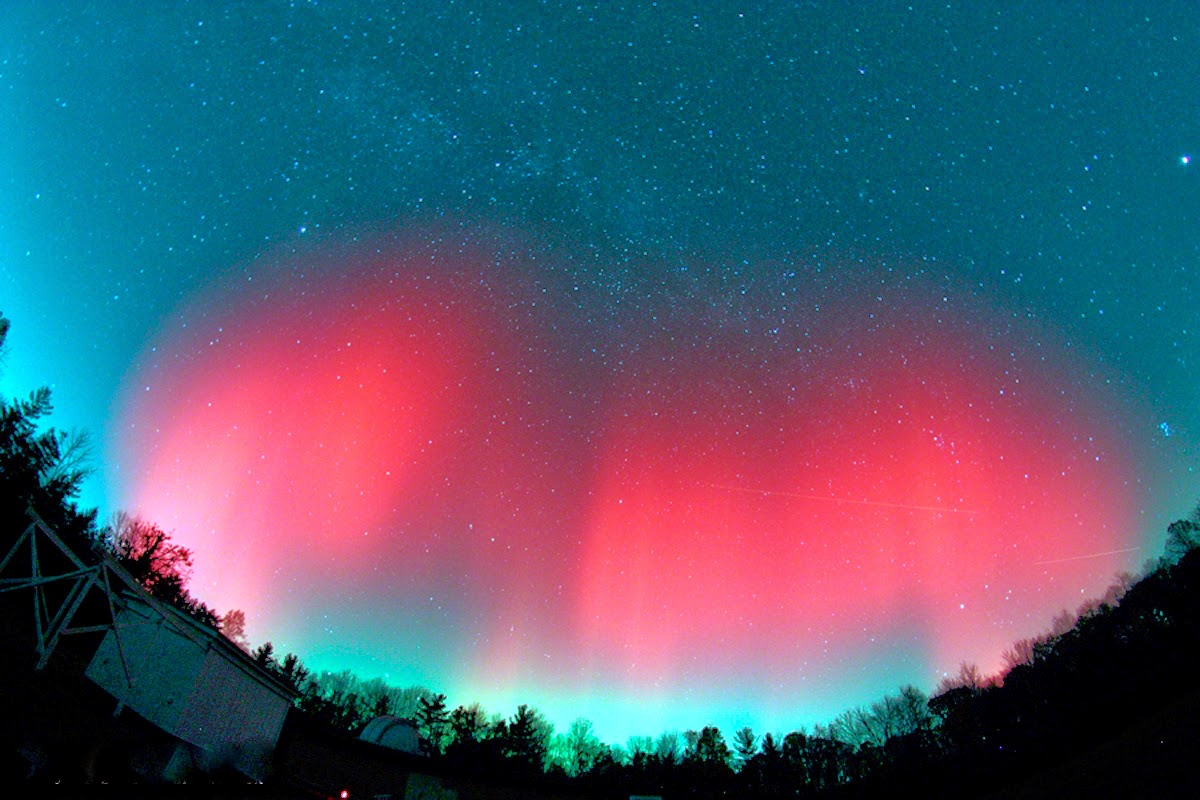Aurora
Aurora
Aurora, which is one of the Seven Natural Wonders, is a beautiful display of green, blue and
red lights in the higher latitudes near Poles. These occur when atoms present
in the magnetosphere are excited and ionized because of solar wind. These
excited particles are then transported towards the poles due to the effect of
magnetic pull. When these particles collide with the atoms present in the
atmosphere, electromagnetic waves of different bands are produced depending on
the energy of the charged atoms.
An aurora is mainly of two types, first one of which is
diffuse Aurora. This one is mostly not visible to the naked eyes even in a dark
night. It is extended all over the aurora zone and depicts the extent of aurora
zone. The second one is the discrete aurora. It occurs within the diffuse zone
and it is visible to naked eyes. Sometimes it is so bright that a person can
even read on a dark night. Though, the auroras occur round the year, but, they
are only visible during the nights, since they are not as bright as sunlight.
Mostly the discrete auroras are green in color, but sometimes, it displays red
color too. An aurora may vanish within seconds or even last for hours.
Credits: Image Source- Google Images






.jpg)
Comments
Post a Comment